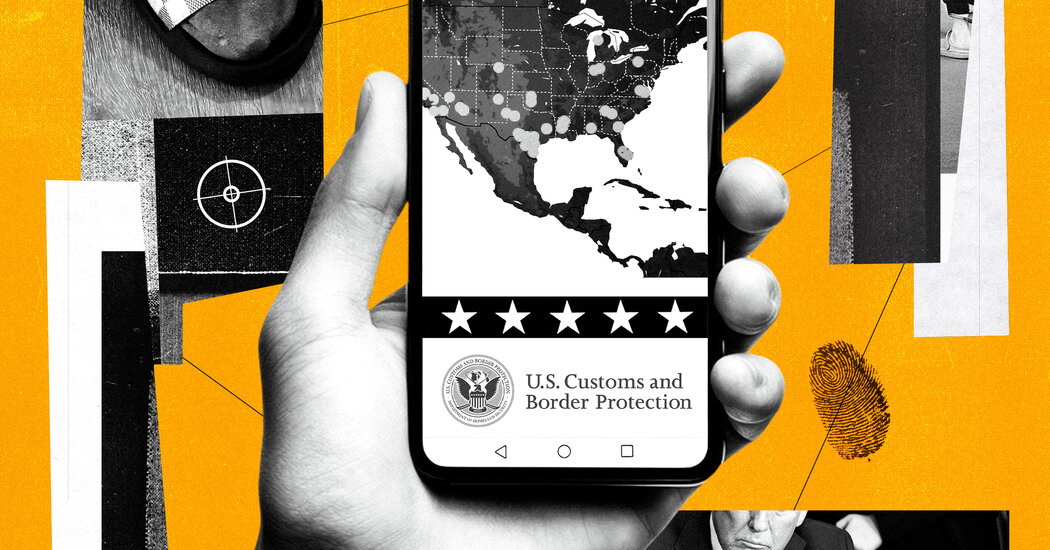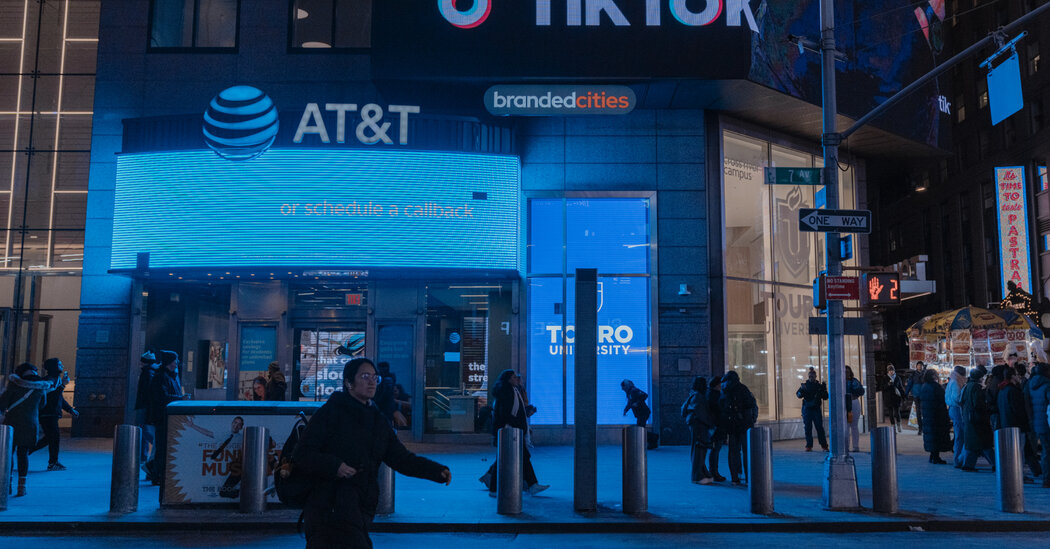Mobile app development is one of the best ways to reach the most potential audience for your business and enhance operational efficiency. According to a report by Statista, the mobile app market is going to reach $614.40 Billion by 2026. All the potential market revenues can be the common factor that is responsible for these rapidly evolving market standards.
However, mobile apps have been the one-stop solution for reaching potential end-users for over a decade now. Still, at present, the evolution of the market is happening at 10X speed. This is the reason why of latest trends emerging in the mobile app development industry. Through mobile apps for your business, you can deliver only the best to your customers.
In this blog, you will get to know about the latest trends in the mobile app development industry. So, no matter whether you are a business owner, coder, entrepreneur, investor, or business associate, this blog will help you understand the market and stay ahead in the game of mobile app development.
Top 15 Mobile App Development Trends for 2024-25
With keen research on the market, we have brought you the striking mobile app development trends not only for the present time but also for the future. So, let us get started with UX-based app design trends.
Motion design is more engaging
If you have a mobile app with a static design and complex UX/UI then your customer will not sustain your app and you get no engagement. This thing has a solution to change your app into a more dynamic approach. If your app is in motion design then you will be able to grab the attention of your users because motion design icons engage them with interactivity, animated scrolling, and macro interaction.
Using motion design has worked wonders for many brands and one of the best examples of this thing is Domino’s app. They got shifted onto the motion design for their app and the conversion rate for their brand went up by 23%. This design layout also saves your user’s time and makes their experience amazing.
No code/Low code
The low code or no code movement is one of the most important mobile app trends in the market. If you are a developer, low-code tools also offer exclusive shortcuts to help you create an interactive application in less time. For example, Zapier provides plug-and-play interactions with other services and features.
Low-code and no-code development platforms enable both professionals and developers to rapidly and effectively build applications within a visual software development environment. As a result, it’s not surprising that the global market for low-code platforms is projected to reach around $65 billion by 2027.
AI, The Mainstream Design Tool
It would be rather strange to look at the latest mobile UI design trends without any mention of Artificial Intelligence. AI brings along the concept of “computational design” which means your app interfaces can be made by automated programs rather than designers crafting them.
In other words, AI and machine learning can be used to speed up the design process where the chances of making massive changes are minimal.
AI design programs set a clear parameter of mimicking the human decision-making process so the results may not vary much. Moreover, beyond the basics, AI is also slowly progressing in the UX design iteration. For example, AI can quickly design numerous versions of a single landing page.
Camera-focused mobile apps
Businesses choosing video conference app development have seen skyrocketing revenue, especially since the remote working concept. Users can’t get enough of the apps that let them broadcast videos, connect with friends, and build a social network.
This is probably why TikTok is one of the most popular streaming apps. TikTok counted approximately 1.7 billion users worldwide. A Statista report indicates that the widely-used social media platform is expected to achieve a user base of approximately 2.25 billion by 2027.
Camera-based mobile development trends go for streaming entertainment niche, broadcasting niche, and social media network niche as well.
Smart and inclusive UX app designs
You cannot make your users feel that your app is built for them if they don’t see themselves in the Design. For instance, the makers of the survival game “Rust” made headlines in every news piece for their decision to randomize every player’s skin color.
This UX design decision represented every demographic and therefore was a hit. Hence, one of the hottest mobile UX app design trends is accessibility and inclusivity, central to your app users.
Touchless UI
As per Statista, businesses are increasingly shifting towards touchless user interfaces to meet the growing demand for digital, non-touch-based interactions among customers worldwide. This transition is evident as customers continue to prioritize touchless interfaces, such as facial recognition and touchless apps, even post-pandemic, reflecting a fundamental shift in consumer behavior and preferences.
Many users are already familiar with touchless UI, such as signing in or identifying users via biometrics in the app. As a double authentication factor, finance or payment apps ask users to validate their identity using biometrics.
Another latest mobile app trend in UI is gesture control, which allows you to control the apps by simply moving the head or screen. Up-and-coming mobile apps can also track eye movements to help with scrolling. All these innovations will soon commence as application development trends.
From simplified mobile app design to trending AR/VR app interfaces, the next few years are bound to bring an exciting transformation in the app design development space. Let’s move on to the iOS and Android mobile app development trends.
Foldable devices need customized apps!
When Samsung launched its foldable phone in 2019, it was the only and first company to do so in the U.S. Then followed by Samsung, Motorola also launched its folding RAZR. After that Apple also tried to hold multiple parents associated with foldable smartphones. However, the company has not launched one yet.
In 2024 and the coming years will be more like consumer-pushed trends because of the demand for more efficient app development. According to a report by Statista, it is predicted that the global shipment of foldable smartphones is expected to cross 50 million this year.
New audio-focused social media platform
Video and camera-based social media apps may be the next “big” thing, however, the traditional audio-based format is getting plenty of attention as well in the social space.
One popular instance of this is Clubhouse, an audio-based conversational social media app with over 10 million active users.
Clubhouse offers a spontaneous experience to its users, allowing them to switch or jump into any chat room and join the conversation. This innovative voice-based app has seen 100% growth in the past four years, making audio a “meta-trend” that goes far beyond social media apps.
As audio continues to gain traction, we can expect to see further innovation and expansion in this space, with new platforms and features emerging to cater to evolving user preferences.
Predictive analytics
We sure have talked about this mobile app development trend certain times. Predictive analytics can forecast events using data by leveraging technology for machine learning, AI, data mining and modeling, etc.
The most common example of predictive analytics in mobile apps is Netflix offering shows based on what users have previously watched. However, in 2023, predictive analytics will be adopted on a mainstream level to enhance customer experience. The idea behind this is that no two users should have the same experience within the app. You may also present your product suggestions and services based on each user’s behavior history.
Now, coming to general mobile app development trends, we have on-demand apps and Extended Reality (XR) changing the surface of mobile app development.
Extended Reality (XR)
Extended reality technology is popular in mobile apps in the form of AR filters and gaming interfaces (Pokemon Go).
Major enterprises have also started utilizing XR for virtual training and onboarding processes. As per the Statista prediction, the revenue in the Extended Reality market might reach up to $52 billion by 2027. On top of that, Augmented and Virtual Reality are already widely accepted as the new marketing strategy for businesses. This makes it easy for new product owners to introduce and enhance their services using XR for maximum attention and conversion.
On-demand apps
Based on a PwC report, the on-demand economy is projected to surge, reaching an impressive $335 billion by the year 2025. The report further establishes on-demand apps as the future of application development, highlighting that the on-demand economy will continue to grow.
What does this mean for app developers and business owners? You can leverage on-demand app development to offer varied features and functionalities to meet your audience’s changing needs.
It is also highly likely that on-demand apps may simplify the entire mobile app development process given the advent of platforms they use.
The right app development trend can make your business more visible and accessible to your target audience. Aside from the revenue benefits, the above-mentioned mobile app trends can help you foster brand awareness and reach potential customers establishing your authority niche.
One way to get started with your favorite mobile app trend is to partner with an experienced Mobile app development company in India.
Cloud Computing
Cloud computing is one of the most promising technologies in the present and in upcoming time. Do you know according to the IDC Forecasts report, the expected global investment in cloud infrastructure will take a flight to a turnover of $1.35 Trillion in 2027? Well now, you do.
Cloud computing is great technology that allows a business to store their data remotely by providing a scalable and flexible infrastructure and cloud services. This also helps companies to reduce the burden of device resources. Cloud computing helps applications create an excellent user experience through its seamless device integration. Plus, it enables easy updates and maintenance. In short, with the help of cloud computing, you can achieve mobile apps that can deliver innovative, data-driven, and resource-efficient solutions.
5G Technology
Mobile app development is now revolutionized by 5G technology, offering higher data speeds, lower latency, and increased network capacity. This makes it possible for developers to create more complex and engaging app experiences.
The characteristics of 5G’s fast speed and low latency give app developers new opportunities to make creative, interactive, and data-intensive applications that can reinvent industries and provide better user experiences.
Chatbots
Soon, Chatbots will be the primary channel for customer service for almost every industry because companies keep embracing digital interaction, chatbots are the prior choice for making a more personalized and efficient touch to customer experiences.
Chatbots can enhance the customer experience by initiating meaningful, engaging, and tailored chats. This is why chatbots are becoming the most essential part of app development. They are capable of responding to questions from your consumers and providing real-time assistance using natural language conversion.
Through machine learning and natural language processing chatbots are becoming smarter daily. They are becoming the reason for a happy customer by executing smooth interactions.
Beacon Technology
As a prominent trend in mobile app development, beacon technology uses Bluetooth Low Energy (BLE) gadgets to offer proximity-based location services. Beacons are tiny wireless transmitters that can connect to nearby mobile apps and communicate with them.
According to the report by Fortune Business Insights, the global beacon market is expected to witness significant growth, with a projected value of $31.61 billion by 2026, indicating a notable compound annual growth rate (CAGR) of 48.9% throughout the forecast period.
By integrating beacons into mobile apps, developers can give personalised content, notifications, and offers depending on a user’s actual location. Beacon technology increases user interaction, enriches the consumer experience, and creates new opportunities for creative app development across various industries.
Last Words
Lastly, we can say that including different trends in mobile development is the modern way to develop an efficient app. So, make sure you consider each point before getting into the development process.
VerveLogic can be your one-stop solution for mobile app development and web development because we have a team of experts and market experience. You can get your app or website developed at the best price possible.
Also, if you are looking for branding solutions or online marketing for your brand then you should check out VerveBranding and Verve Online Marketing today and make your brand stand out.
(Visited 89 times, 1 visits today)









 Announcing Google for Games Developer Summit 2021, an online event to help game developers grow your business.
Announcing Google for Games Developer Summit 2021, an online event to help game developers grow your business.


